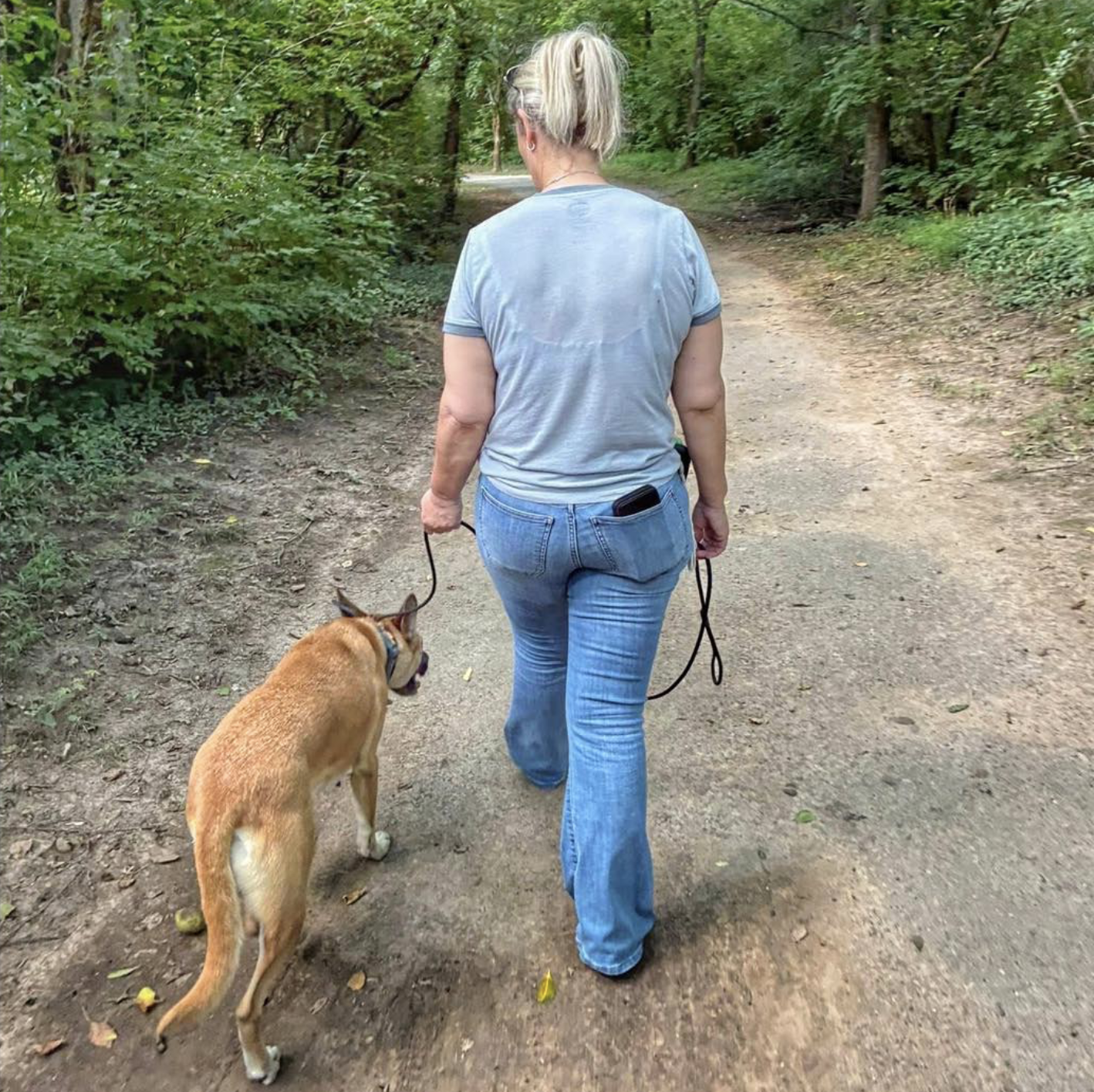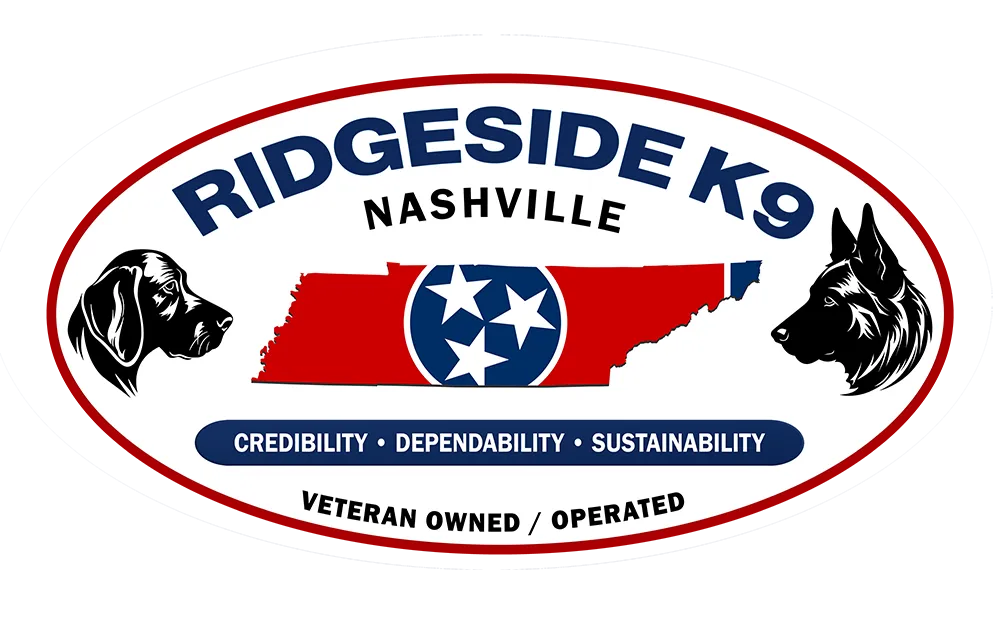The Hidden Danger of Walnuts on Nashville Trails: Protecting Your Dog from a Common Fall Hazard

🍂 Fall in Nashville Means Walnuts on the Ground — and a Hidden Risk for Dogs
Autumn in Tennessee is beautiful — cooler weather, colorful leaves, and lots of outdoor adventures with your dog. But if you’ve noticed green or black round nuts scattered on sidewalks or trails, you’re likely seeing walnuts straight from the tree.
While they might look harmless, walnuts (especially black walnuts, common in Tennessee) can be dangerous — even toxic — to dogs. Here’s what every Nashville dog owner should know about the stages of walnuts and the risks they pose during walks.
🌳 The Stages of Walnuts: From Tree to Ground
Understanding how walnuts look as they mature and decay can help you spot — and avoid — them on your dog walks.
1. Green Hull Stage (Late Summer to Early Fall)
Freshly fallen walnuts are covered in green, tennis ball-sized hulls that dogs love to sniff and chew.
⚠️ Risk: As these hulls age or get bruised, they can grow mold that produces tremorgenic mycotoxins — substances that can cause tremors, seizures, or vomiting in dogs.
2. Black or Decaying Stage (Mid to Late Fall)
As the hulls rot, they turn dark brown or black, giving off a strong, earthy odor that attracts dogs even more.
⚠️ Risk: Mold thrives in decaying hulls, and ingestion can lead to neurological symptoms within hours — including shaking, drooling, loss of balance, or collapse. Immediate veterinary care is essential.
3. Hard Shell and Nut Stage (Winter and Beyond)
After the hull rots away, the hard walnut shell remains. While the nut inside is edible for humans, it’s not safe for dogs.
⚠️ Risk: The shells can cause choking or intestinal blockages, and the fatty nut meat can trigger pancreatitis or stomach upset.
🌰 Spotting Walnut Trees in Nashville
Walnut trees are common across Middle Tennessee, especially in:
- Local parks like Percy Warner Park and Shelby Bottoms
- Shady neighborhood streets
- Wooded walking trails and rural areas
You can identify them by their:
- Long, compound leaves (5–9 leaflets)
- Round green nuts that fall in clusters
- Black, decomposing hulls under the tree canopy
When you see these signs, keep your dog on a short leash and avoid letting them sniff or chew anything on the ground.
🩺 What to Do If Your Dog Eats a Walnut
If your dog picks up or eats a walnut during a walk:
- Remove it immediately if possible.
- Watch for symptoms like shaking, vomiting, or disorientation.
- Call your vet or an emergency animal hospital right away.
Quick action can prevent serious complications.
🐾 Keep Your Fall Walks Safe
Fall in Tennessee is perfect for long walks and outdoor fun, but it’s also walnut season — and that means extra caution for dog owners. Each stage of a walnut — from the green hull to the hard shell — poses its own danger.
When in doubt, steer clear of walnuts on your walks, and stick to dog-friendly parks and trails free of nut trees. Your pup’s safety is always worth a little extra vigilance.







